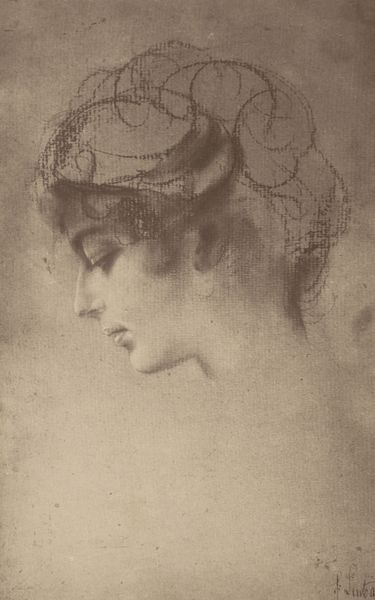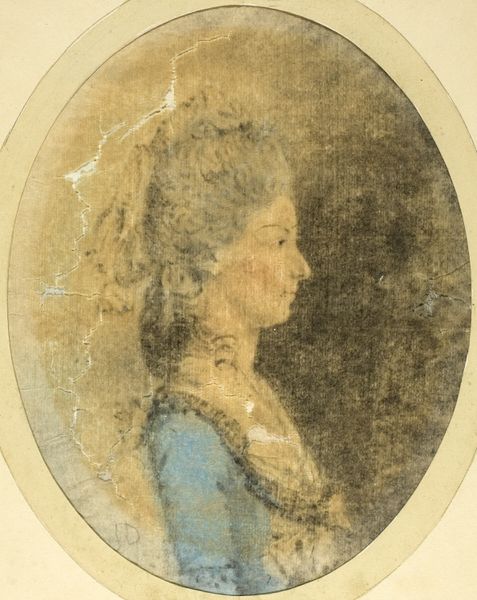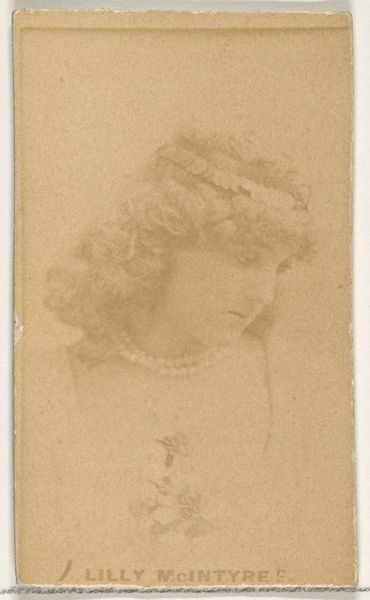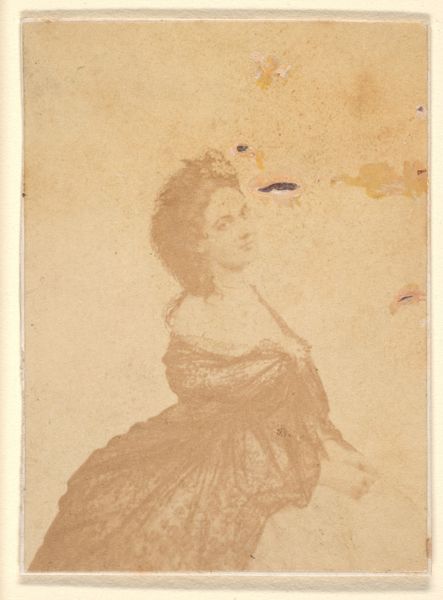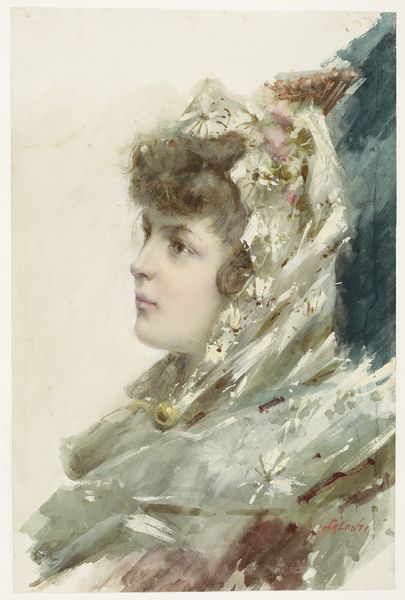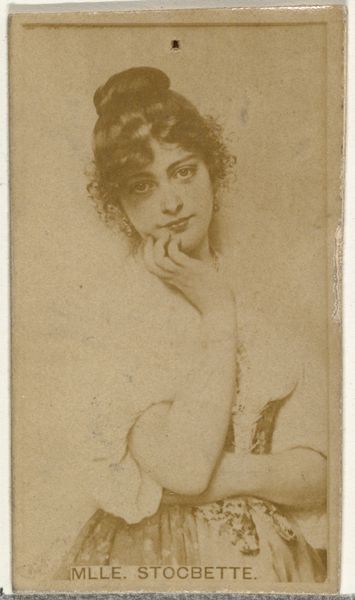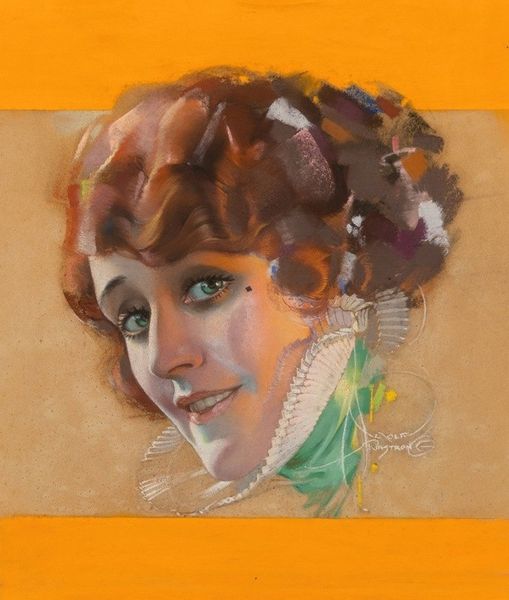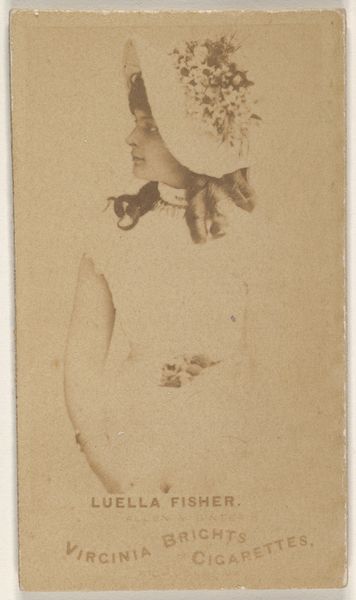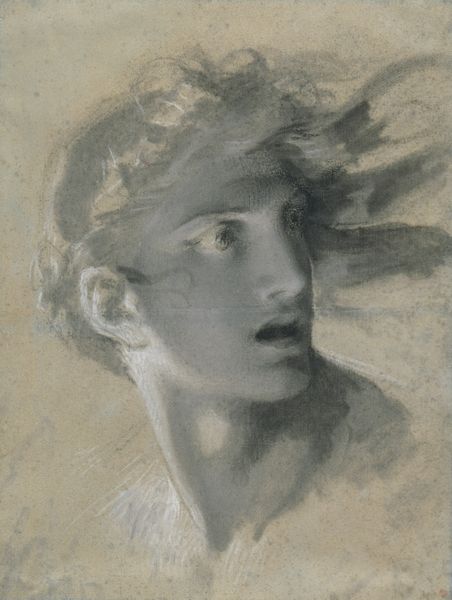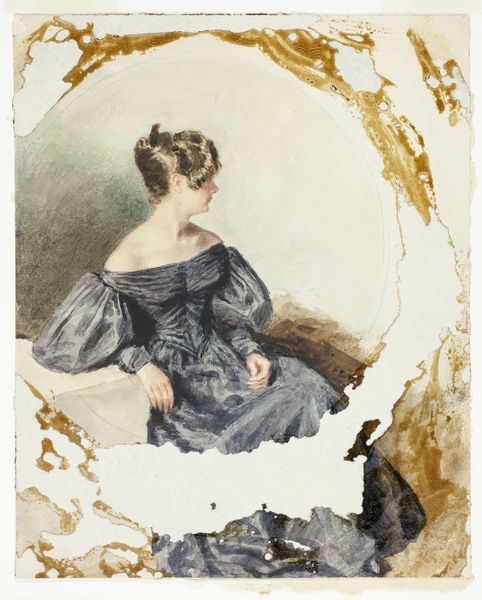
drawing, paper, ink, chalk, pastel, frottage
#
portrait
#
drawing
#
charcoal drawing
#
paper
#
ink
#
romanticism
#
chalk
#
pastel
#
frottage
Copyright: Public Domain
Editor: Here we have Karl Joseph Aloys Agricola's "Female Head," a drawing created with charcoal, chalk, pastel, ink, and frottage on paper. The woman’s upward gaze and the soft light give it such a dreamy quality. What strikes you when you look at this piece? Curator: What I see is a product of its time. Consider the Romantic era's focus on emotion and the idealization of women. Her upward gaze is not just dreamy; it’s aspirational. Think about the role of women in 19th-century society: they were often confined to the domestic sphere, encouraged to be pious and pure. This drawing, even in its seeming simplicity, reinforces that cultural narrative. Notice how the soft lighting and delicate lines contribute to her ethereal quality. How do you think the artist's choice of such gentle mediums impacts the message? Editor: It definitely adds to that feeling of idealized femininity, like she’s almost too delicate to be real. Do you think that the medium also says something about access to resources at the time? Curator: Exactly! Drawings like this were more accessible, often serving as studies or personal expressions. Its intimate scale and medium suggest a certain level of personal access, yet it participates in the public performance of ideal womanhood. Are we complicit in the objectification, when viewing art of the past? How can we as viewers now engage with this image in a way that acknowledges its history, but also challenges it? Editor: It's a lot to think about... Viewing it in its historical context certainly illuminates its cultural meaning. It encourages a necessary discussion about gender and representation. Curator: Indeed. And that's how art from the past can continue to speak to us today, pushing us to critically examine the present.
Comments
No comments
Be the first to comment and join the conversation on the ultimate creative platform.
